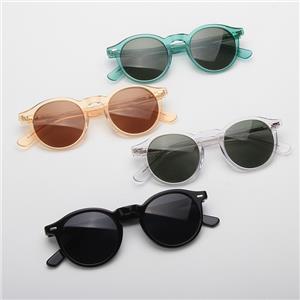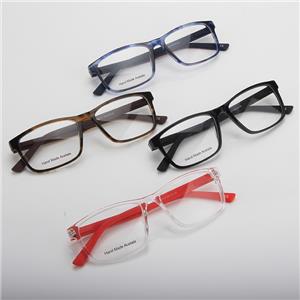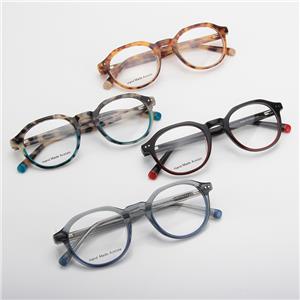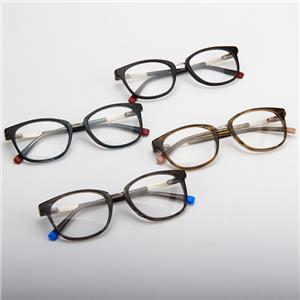The most primitive glasses originated from lenses (magnifying glasses).
The most primitive Optical Glasses originated from lenses (magnifying glasses).
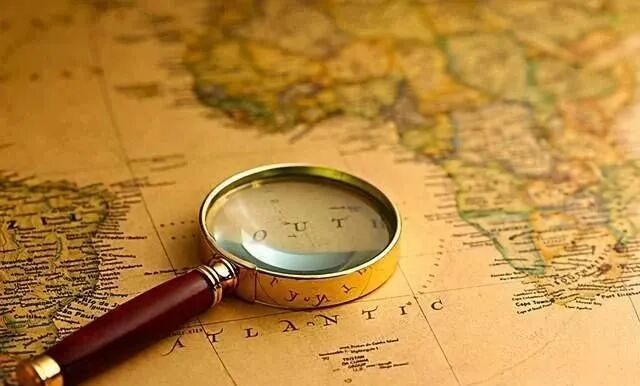
According to "World's Best," "As early as 2283 BC, a Chinese emperor observed the stars through a lens."
In my country, during the Warring States Period (475-221 BC), the 15 volumes of Mozi's "Mozi" contain numerous discussions on light and plane, convex, and concave mirrors. Zhang Heng, in the early Eastern Han Dynasty, also discovered the phases of the moon and the preliminary causes of lunar and solar eclipses with the help of lenses.
A crystal magnifying glass unearthed from Liu Jing's tomb in Zengquan Mountain, Yangzhou, Jiangsu Province, contains a small, exquisite crystal magnifying glass. It is a round, convex crystal mirror set in a ring-shaped gold ring. It can magnify objects five times. Liu Jing was the son of Emperor Guangwu of the Eastern Han Dynasty, Liu Xiu, and lived in the early Eastern Han Dynasty.
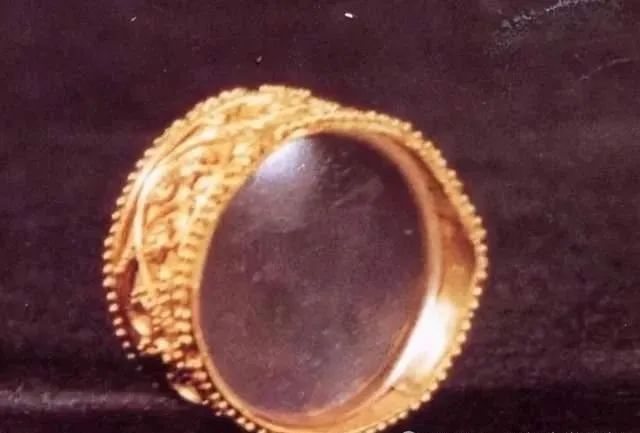
At the end of the 13th century, Marco Polo's Travels recorded that "older Chinese people wore optical glasses to read small print." However, there are no existing artifacts proving that optical glasses actually existed at that time.
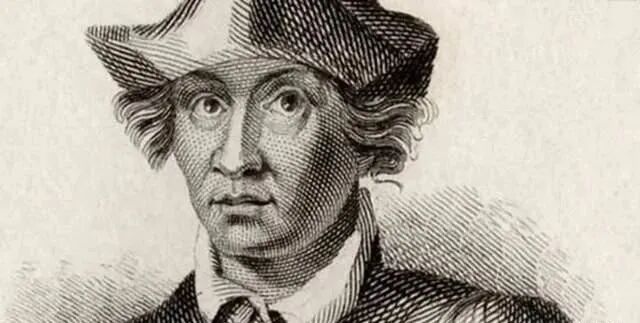
Roger Bacon, in 1268, was the first to record lenses used for optical purposes.
I've found three theories online about the invention of optical glasses. The first is that in the mid-to-late 13th century, the technology for making magnifying optical glasses from crystal and gemstones had matured, and Sorvenor degli Amadi of Italy conceived of using convex lenses to correct vision. With this idea in mind, Amadi began researching how to bend glass and adjust its angle, ultimately creating the first pair of farsighted optical glasses.
The second theory is that they were invented in Florence, Italy, in 1289 by an optician named Almato and an Italian named Spina, who lived in Pisa.
The final theory claims that the invention was made by the British philosopher Roger Bacon (1214-1294). While taking a walk, he noticed a spider web covered in water droplets. He discovered that looking through the water droplets magnified the veins of leaves, even the fine hairs visible. Excited by this discovery, Bacon obtained a glass ball. He then cut a piece of glass, magnifying the text. His experiment was successful, and he eventually created optical glasses.
However, all three theories date to the mid-to-late 13th century, and there's currently no definitive evidence to confirm the true inventor of optical glasses.
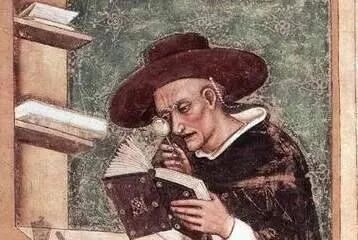
"Hugh of Provence" (Detail) Painted in 1352 by the Italian painter Tommaso da Modena, "Hugh of Provence" shows an elderly man reading a book through a lens. This painting is the earliest depiction of optical glasses in Europe.
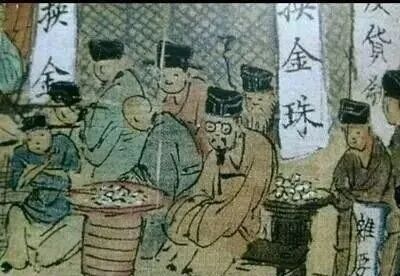
A detail from the "Nandu Prosperous Scenery Scroll" by Qiu Ying (1498-1552), a Ming Dynasty artist, depicts the flourishing commercial scene of Nanjing during the Ming Dynasty. In this scroll, an elderly man can be seen wearing optical glasses at the entrance of a gold shop with a sign reading "Exchange Gold Beads." However, the legs behind his ears and the string tied behind his head are not visible.
During the Wanli period of the Ming Dynasty (1573-July 1620), Tian Yiheng wrote in the entry "叆叇" ("glasses") in Volume 2 of "Liu Qing Rizal" ("Liu Qing Rizal"): "Whenever I read, my eyes become tired and I cannot discern details. I use this to cover my eyes, so my concentration remains focused and the strokes are clear. I tie them with silk and tie them behind my head. No one recognizes them, so they show them to me. I say, 'This is 叆叇'." At this time, 叆叇 was the original name for optical glasses.
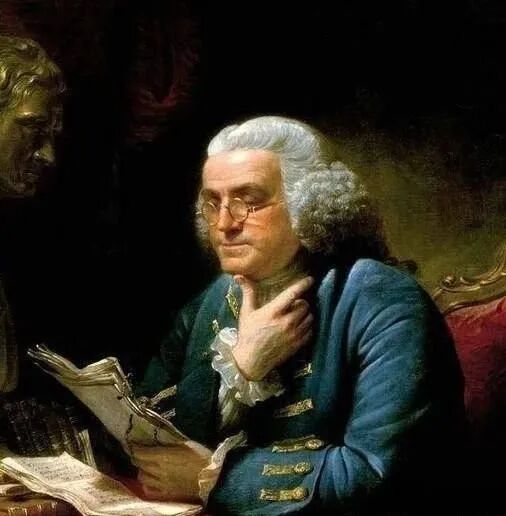
However, there is no clear evidence to indicate whether optical glasses were imported or a local invention. In 1784, American inventor Benjamin Franklin, who suffered from both nearsightedness and farsightedness, combined two lenses to create bifocal lenses, inventing optical glasses for both nearsightedness and farsightedness.
In 1827, Fuller invented cylindrical lenses to correct astigmatism.
In 1860, Snellen invented the standard eye chart, quantifying vision.
In 1837, Isaac Schnaitman perfected the fixed bifocal lens. In 1899, John Borisch invented fusion bifocal lenses (using two different types of glass), which he named "invisible bifocals."
In 1954, French engineers invented resin lenses. This innovation in lens material made optical glasses accessible to ordinary people, and this resin material continues to be used today. Today, optical glasses are no longer just a tool for vision correction; certain types of glasses also serve decorative and protective functions.

